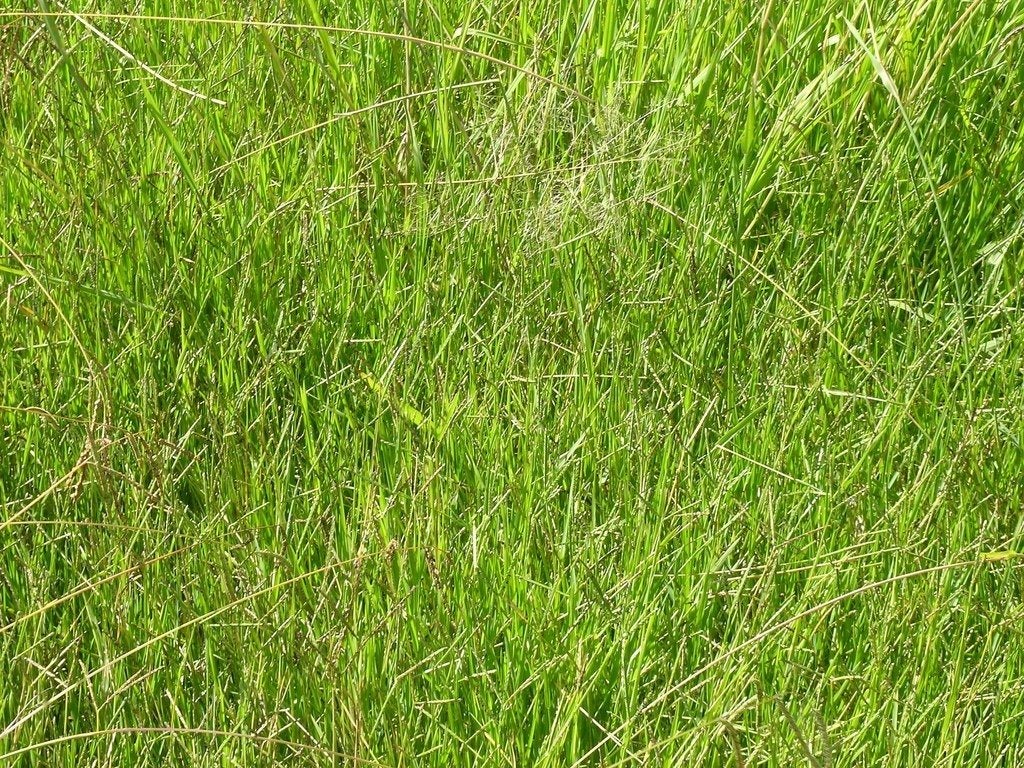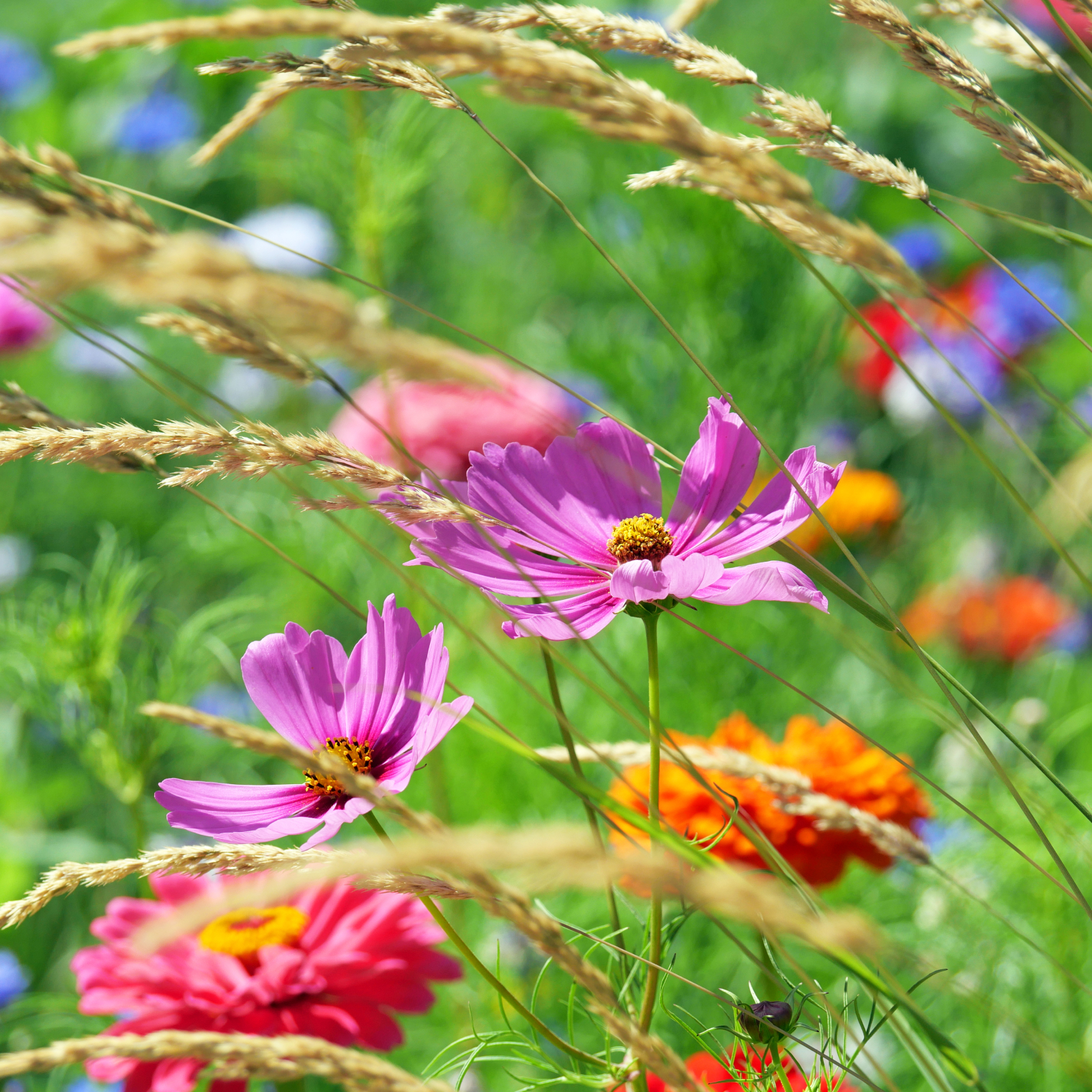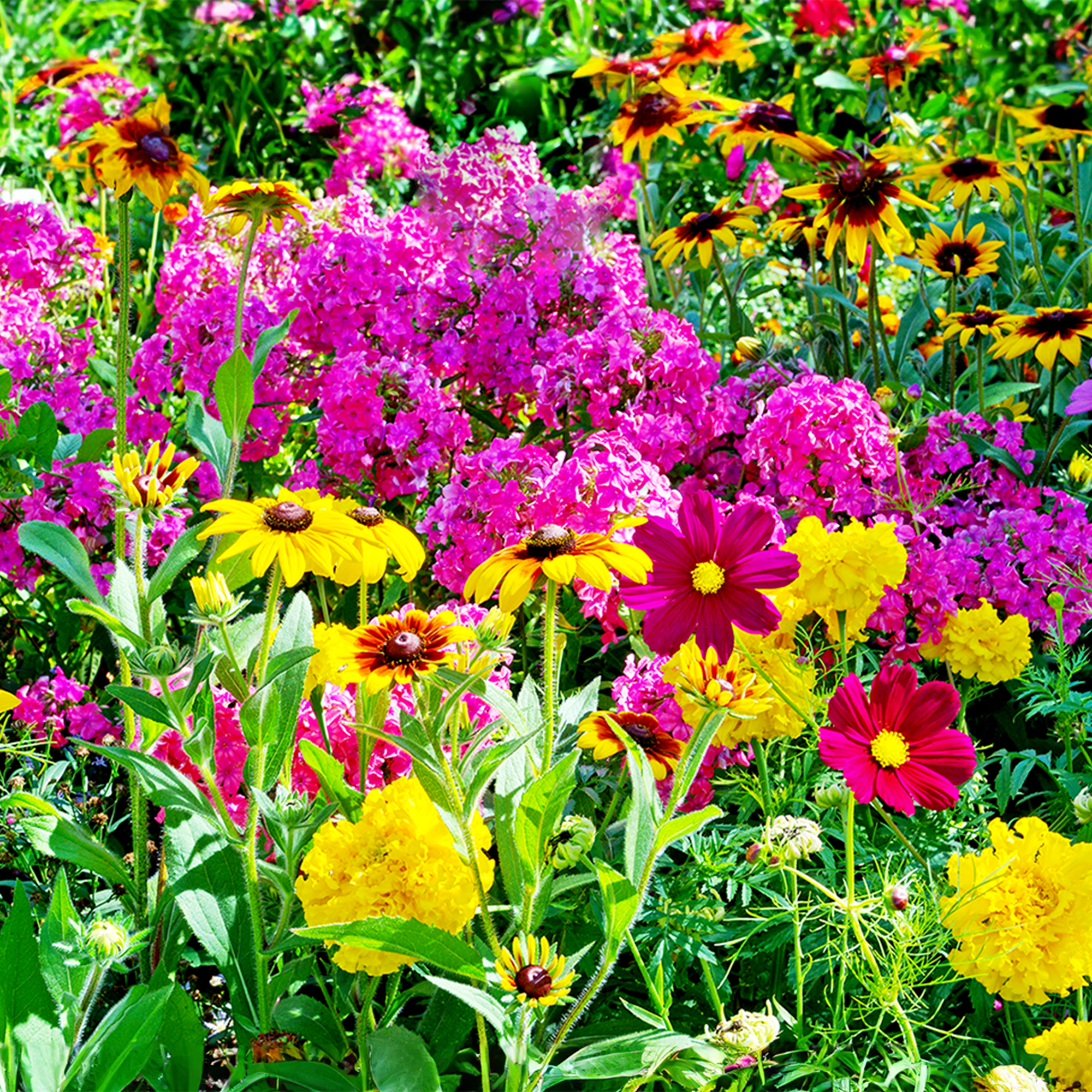What Is Knotgrass: Learn How To Kill Knotgrass Weeds


Eternity grass is another name for knotgrass (Paspalum distichum). It could be because of the plant's habit of twining together and forming a never-ending mat or it could be because the plant may tend to become invasive in certain climates. This native grass is well adapted to moist, dry, or even salty soils. The grass is food for deer and other mammals, as well as ducks, and is the host plant for the sunrise skipper. Management of knotgrass plants is important if you wish to establish a stand of this native grass as part of an ecological effort.
What is Knotgrass?
Knotgrass is a perennial warm season plant that creeps together with rhizomes and forms a green mass. The plant sends out stems with growth nodes, and each node can root and start a new clump of the grass. The blades of knotgrass plants are flat and tapers, and the plant sends up 18 inch (46 cm.) tall flower stems with pink, red, green, or white blooms. The overall mat is only 2 to 6 inches (5-15 cm.) tall and forms a rich green carpet that leads to one of the plant's other common names, carpet grass.
Knotgrass Identification
This plant, in the Poeaceae family of grasses, may be confused with dallisgrass. The collar of knotgrass is slightly hairy and the plants cluster in a grouped mass up to 2 feet (61 cm.) long. Dallisgrass does not reproduce so easily or have the same invasive potential. Knotgrass plants have a smooth stem and produce a wheat-like flower that is V-shaped. The split flower is an excellent indicator of knotgrass identification. The leaves are rolled as they come up and then flatten out smoothly. They are 2 to 6 inches (5-15 cm.) long and approximately one inch (2.5 cm.) wide.
How to Kill Knotgrass
Knotgrass can spread by seed or rhizomes. That makes the spread of the plant rapid in ideal conditions. In rural settings, it is sometimes planted for forage for cattle, but it can clog drainage ditches and waterways. In the home setting, it invades turf grasses and can out-compete your chosen variety of grass seed. The branching root system makes it perfect as a foothold for precious soil in erosion-prone areas. That said, you need to know how to kill knotgrass in areas where you do not want it to take hold.
Knotgrass Weed Control
The grass gets quite invasive in tilled cereal and rice crop fields. The plant flowers from spring to fall, so frequent mowing to remove the flowers and subsequent seeds can help control the weed without chemical intervention. Seedlings start to appear in February, so vigilant hoeing can have some effect on established adult populations. A thick cover crop of red clover will enrich the soil and help crowd out seedlings. Most will be killed off when you till the clover into the beds. Chemical control is possible, but the method depends upon your soil, climate, and local plantings. Consult the extension office near you for effective chemical knotgrass weed control.
Gardening tips, videos, info and more delivered right to your inbox!
Sign up for the Gardening Know How newsletter today and receive a free copy of our e-book "How to Grow Delicious Tomatoes".

Bonnie Grant is a professional landscaper with a Certification in Urban Gardening. She has been gardening and writing for 15 years. A former professional chef, she has a passion for edible landscaping.
-
 10 Easy, Breezy Meadow Flowers & Grasses For A Magnificent Low-Maintenance Landscape
10 Easy, Breezy Meadow Flowers & Grasses For A Magnificent Low-Maintenance LandscapeChoosing the right meadow flowers and grasses will help you create the luxurious garden of your dreams. Explore some of my favorites.
-
 Top 10 Flower Seeds To Sow In May For A Joyful Summer Garden Bursting With Color
Top 10 Flower Seeds To Sow In May For A Joyful Summer Garden Bursting With ColorSow the seeds of summer this month with our recommended pick of annual and perennial flowers that will create a rich tapestry of color all season long.